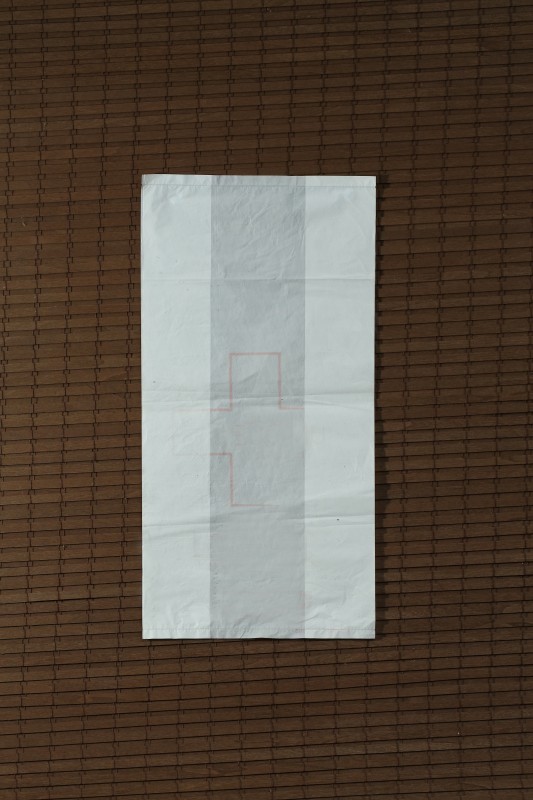According to environmentalists, polythene bag can live up to hundreds of years in the soil without being decomposed. Hence, it causes floods by blocking water ways, infertility to the soil, and proliferation of mosquitoes among other environmental effects.
There are solutions to this dillema, one is to modify the carbon chain of polyethylene with an additive to improve its degradability and then its biodegradability; the other is to make a film with similar properties to polyethylene from a biodegradable substance such as starch.
This decreases the negative impact polythene has on our environment, as well as the danger polythene waste poses to the planet’s animal population, on earth, sea and air!
Biodegradable/degradable polythene can be made from many different sources and materials -
- Starch based polymers: Thermoplastic starch based polymers made with at least 90% starch from renewable resources such as corn, potato, tapioca or wheat.
- Polyesters (Bacteria based polymers): Polyesters manufactured from hydrocarbons (oil or gas).
- Starch or Polyester blends: Mixed with thermoplastic starch with polyesters made from hydrocarbons.
- Oxo-bio-degradable polymers: These polymers undergo controlled degradation through the incorporation of 'prodegradant' additive (additive that can trigger and accelerate the degradation process).
- Photo-degradable polymers: These polymers are those that break down through the action of ultraviolet (UV) light, which degrades the chemical bond or link in the polymer or chemical structure of the plastic.
- Water-soluble polymers: These polymers are those that dissolve in water within a designated temperature range and then biodegrade in contact with microorganisms.
These bags breakdown in a composting environment by natural means back into simple elements, namely, CO2, H2O and biomass. In a short period of time the bags get composted in home composting units. The product is 100% biodegradable and compostable and thereby serves the purpose of protecting the environment at all times. The miracle in compostable bags is that it does not contain any polythene. But similar to any other bag, it can be used for the same purposes.
The bags are manufactured by adding a small percentage of additive called PDQ-H into the manufacturing process. The end product then has an engineered life span which includes shelf life, intended purpose and disposal. Once the product reaches the phase of degradation, firstly the end point degradation begins, and can be visible to the naked eye. Once the oxidation process reaches a certain degree of oxidation micro-organisms begin to colonize on the surface of the bag. Thereafter, micro-organisms actively metabolize the oxygenated plastic and release by products namely, Carbon dioxide, water and humus.



